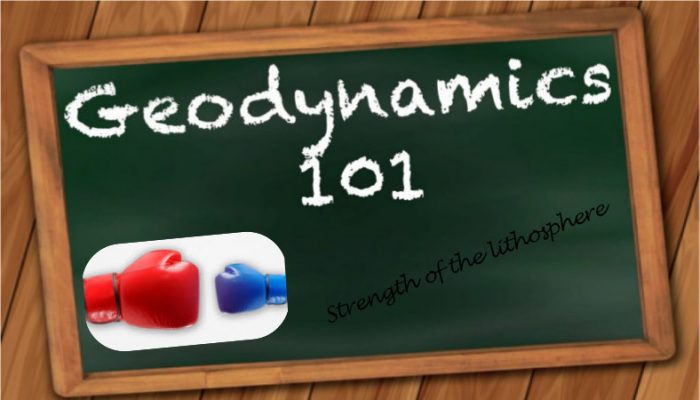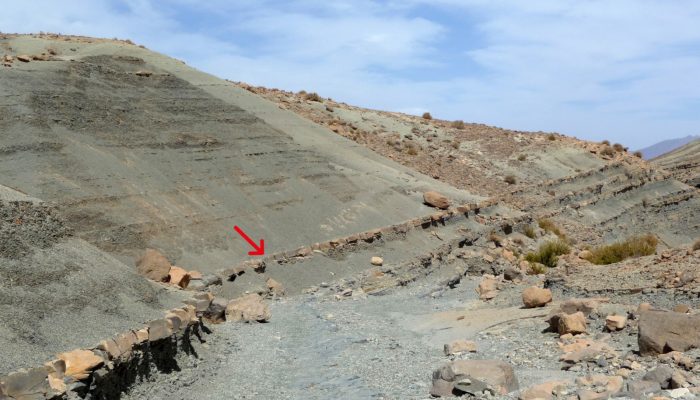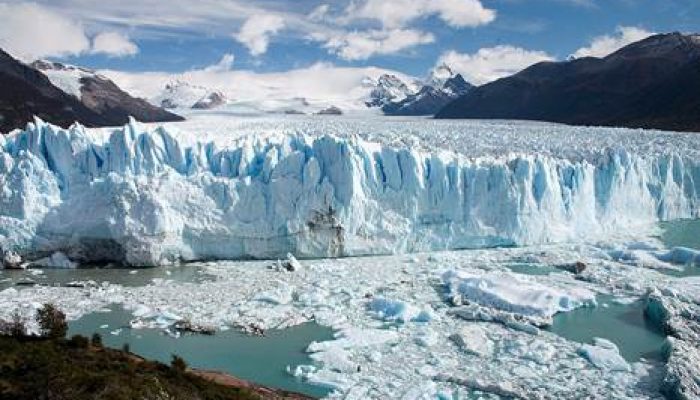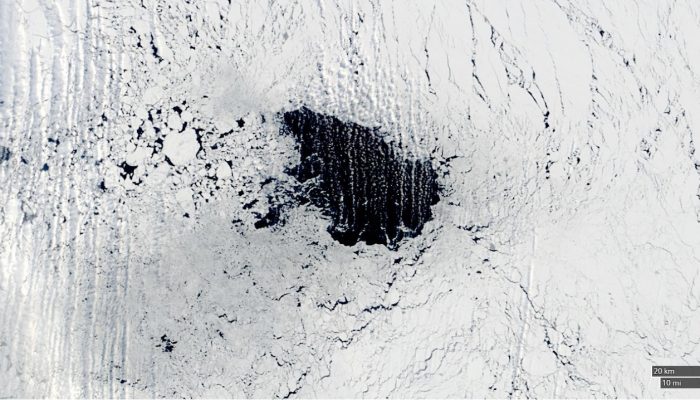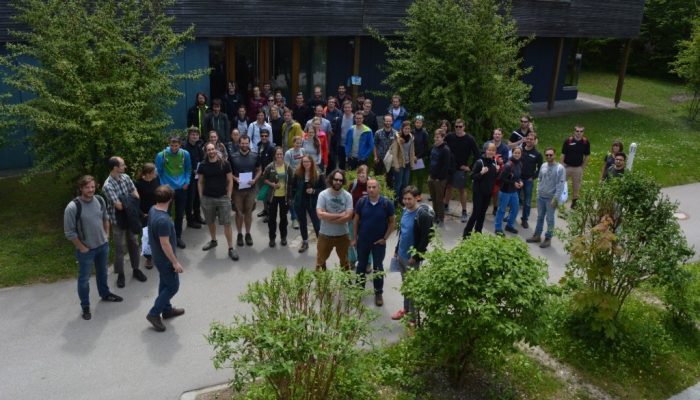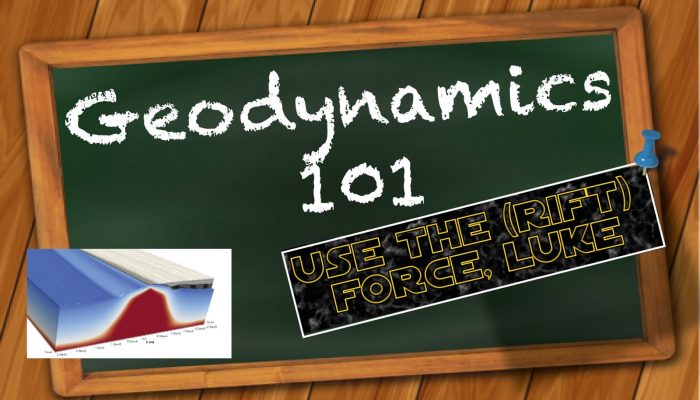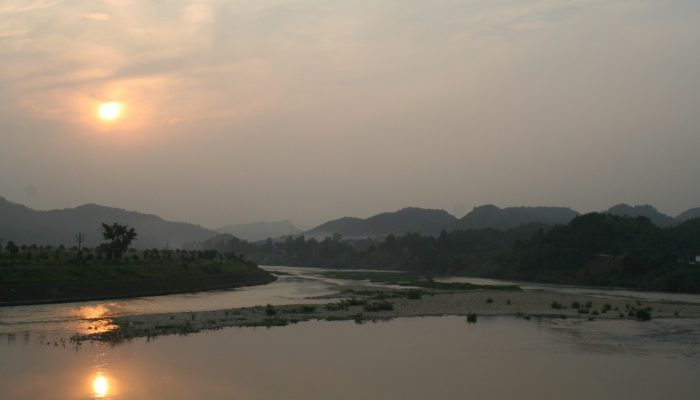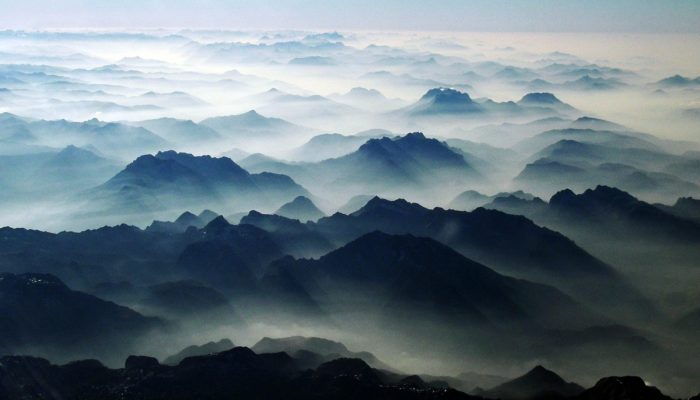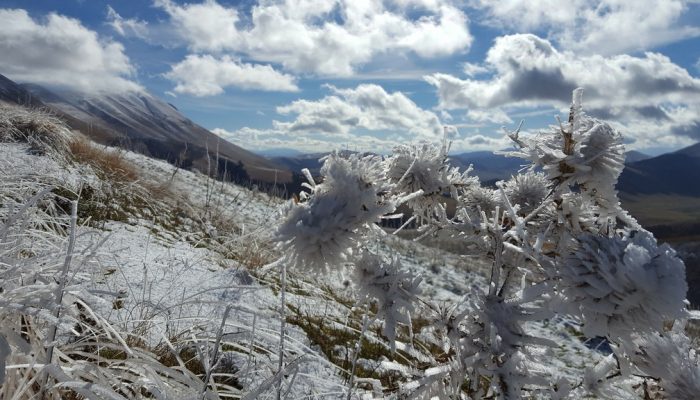The Geodynamics 101 series serves to showcase the diversity of research topics and methods in the geodynamics community in an understandable manner. We welcome all researchers – PhD students to Professors – to introduce their area of expertise in a lighthearted, entertaining manner and touch upon some of the outstanding questions and problems related to their fields. For our latest ‘Geodynamics 10 ...[Read More]
If you didn't find what you was looking for try searching again.
Stratigraphy, Sedimentology and Palaeontology
Xenoconformity! Welcome to the new-born in the stratigraphy family
Every geologist has heard at least once in his career the term unconformity and all its different flavours (e.g. disconformity, paraconformity, angular unconformity, etc…). These terms are part of the basic learning in geology, often taught during first year classes in Stratigraphy. Well, it seems we’ll have to add one term in these lectures: Xenoconformity! In a recently published paper, Carroll1 ...[Read More]
WaterUnderground
A cool new collectible: Water
Post by Matt Herod, Waste and Decommissioning Project Officer for the Canadian Nuclear Safety Commission, and Adjunct Professor in Earth and Environmental Science at the University of Ottawa, in Ottawa, Canada. _______________________________________________ I have always been a mineral and fossil collector. It was a hobby that stuck and blossomed into a career. I still collect minerals and fossil ...[Read More]
Cryospheric Sciences
Image of the Week – A Hole-y Occurrence, the reappearance of the Weddell Polynya
REMARK: If you’ve enjoyed reading this post, please make sure you’ve voted for it in EGU blog competition (2nd choice in the list)! During both the austral winters of 2016 and 2017, a famous feature of the Antarctic sea-ice cover was observed once again, 40 years after its first observed occurrence: the Weddell Polynya! The sea-ice cover exhibited a huge hole (of around 2600 km2 up to ...[Read More]
GeoLog
February GeoRoundUp: the best of the Earth sciences from across the web
Drawing inspiration from popular stories on our social media channels, as well as unique and quirky research news, this monthly column aims to bring you the best of the Earth and planetary sciences from around the web. Major stories The biggest story in Europe right now is the bone-chilling cold snap sweeping across the continent. This so-called ‘Beast from the East’ sharply contrasts with the Arc ...[Read More]
Geomorphology
Young Geomorphologists’ Workshop 2018
Since 2007, the German Young Geomorphologists organize annual workshops in order to support networking amongst early career geomorphology enthusiasts. The meetings provide a platform for open discussions on a wide range of problems that might have emerged within a particular research project. This year, we invite all interested young researchers / students in geomorphology and related fields to jo ...[Read More]
Geodynamics
Finding the forces in continental rifting
The Geodynamics 101 series serves to showcase the diversity of research topics and methods in the geodynamics community in an understandable manner. We welcome all researchers – PhD students to Professors – to introduce their area of expertise in a lighthearted, entertaining manner and touch upon some of the outstanding questions and problems related to their fields. For our latest ‘Geodynam ...[Read More]
Geology for Global Development
Heather Britton: China’s Water Diversion Project
China has enjoyed economic growth over the past decades, bringing undoubted prosperity to the country. But exponential industrialisation and rapid growth comes at a significant environmental cost. The nation is heavily dependent on coal-fired power, making it one of the world’s largest emitters of greenhouse gases and it’s thirst for development is a drain on vital resources, including ...[Read More]
Tectonics and Structural Geology
EGU – Realm and Maze? An interview with Susanne Buiter, the current chair of the EGU Programme Committee
Susanne Buiter is senior scientist and team leader at the Solid Earth Geology Team at the Geological Survey of Norway. She is also the chair of the EGU Programme Committee. This means that she leads the coordination of the scientific programme of the annual General Assembly. She assists the Division Presidents and Programme Group chairs when they build the session programme of their divisions, hel ...[Read More]
GeoLog
Imaggeo on Mondays: Winter threatens to freeze over fieldwork
This photo was taken during a fieldwork campaign following the mainshock of the deadly seismic sequence that struck central Italy starting from 24 August 2016. The magnitude 6.2 earthquake severely damaged nearby towns, claimed more than 290 lives and injured nearly 400 people in its wake. As a geologist from the National Institute of Geophysics and Volcanology, I was in charge of measuring the ma ...[Read More]

